At the most basic level, all creatures have two primary concerns: Eat and don’t get eaten.
Animals like elk in North America and vicunas in the Andes also share those same priorities, and what new research shows is how they respond to those fears depends mostly on what’s trying to eat them.
Wolves, a long-legged predator capable of covering hundreds of miles in a few days, hunt by wandering, sniffing out prey, then assessing it for weaknesses. They kill an elk between 5 and 15 percent of the time they see one. Those are pretty good odds if you’re an elk.
Cougars, on the other hand, spend more time waiting for prey in trees or rocks. Their hunts are twice as successful as wolves in the northern portions of Yellowstone National Park. Wolves also hunt mostly in the morning and evening; cougars hunt at night.
That means when elk are eating and see a wolf, they largely stay put and keep eating. They know the drill. It also means they will try to avoid areas that look like they could contain cougars, particularly at night.
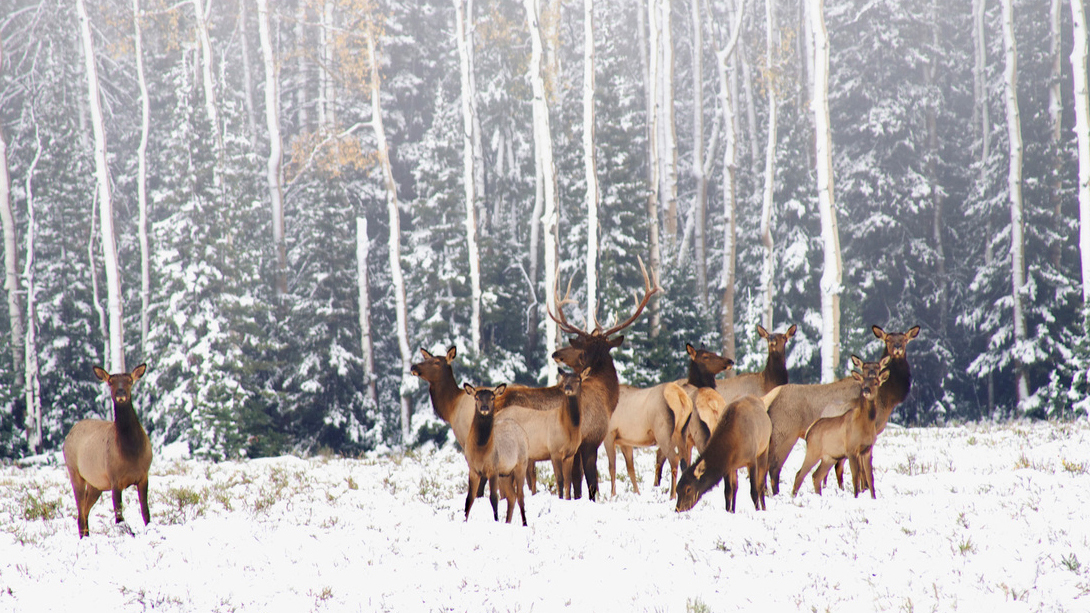
Doug Smith, Yellowstone National Park’s senior wildlife biologist explains it this way: “You’re a human and you walk in your house and the criminal is there, and you’re looking at him, or you walk in your house and the intruder is hiding in the dark somewhere, which are you going to be more afraid of? The second.”
Understanding how predators and prey are interesting on a natural history level, but they also have important conservation implications.
“These interactions are central to understanding what it means to lose and restore predators across the world,” says Arthur Middleton, an assistant professor at University of California Berkeley and longtime Yellowstone researcher. “We need to understand these interactions to understand the various costs and benefits of having predators live amongst us.”
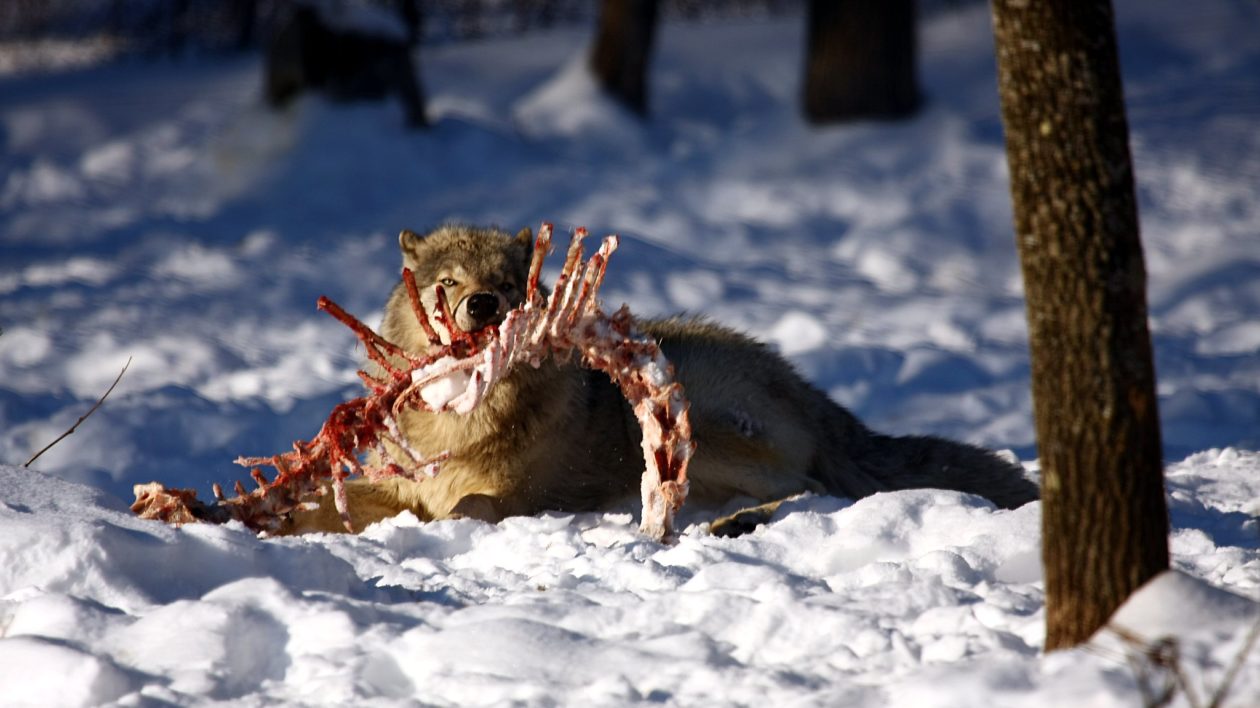
Eat Without Being Eaten
First: a caveat. Ecosystems change over time. When wolves were first reintroduced into Yellowstone National Park 25 years ago, they had a bigger impact on the way elk moved, says Daniel MacNulty, a professor at Utah State University and an advisor on both of the wolf and elk studies. But research collected between 2011 and 2016 shows much less of an impact on elk movements, possibly because there were simply fewer elk on the landscape.
Predator and prey interactions are complicated and vary depending on quality of forage, amount of prey, other predators on the landscape, social behavior and the size of the animals. A group of 1,000 elk will be better at fending off an attack by wolves than one or two, just as a bison is likely more effective than a deer at fighting off a wolf. Wolves and elk in Yellowstone have different interactions than wildebeest and lions in the Serengeti.
Still, researchers have found interesting correlations between the two groups – predators and prey – in two very different landscapes.
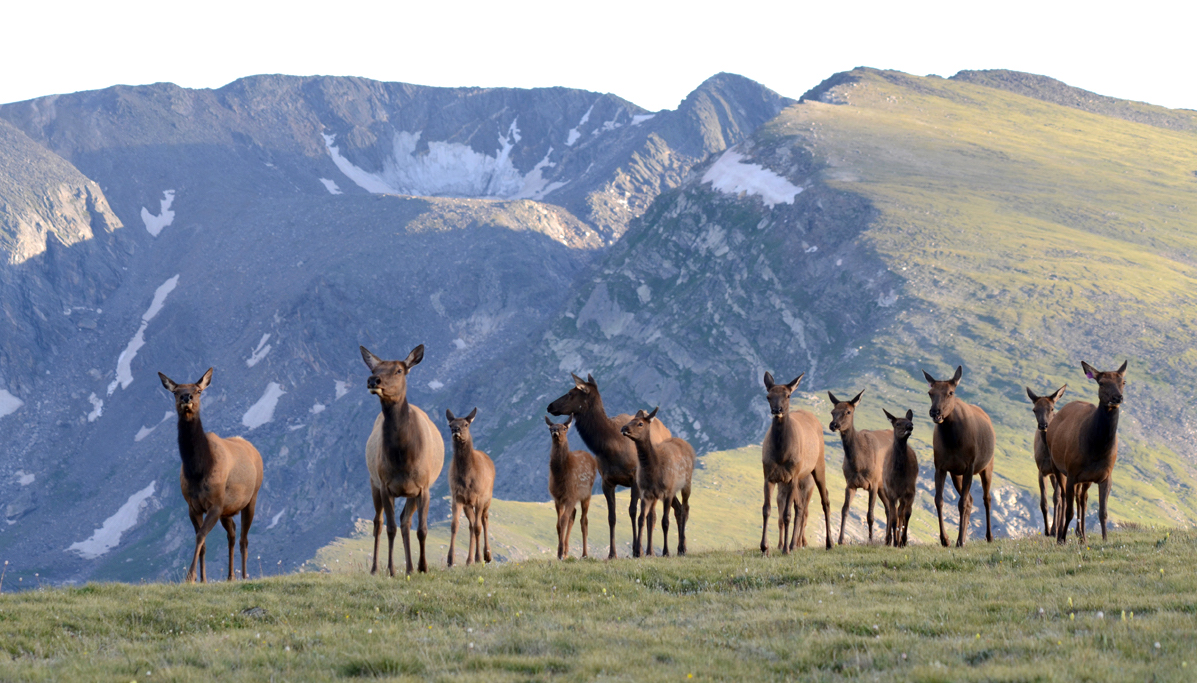
One study, looking at how wolves and elk interact, was published in 2019 in the Journal of Animal Ecology. It used hundreds of thousands of data points from elk and wolves to see how elk responded to the presence of wolves.
“Winter is a hard time in Yellowstone. Thus elk are probably more interested in finding food than they are in avoiding wolves since wolves are just not that dangerous,” says Michel Kohl, one of the paper’s co-authors. “If you’re looking at an individual elk, the odds of you being killed by a wolf is really, really small. Even if an (adult) elk and wolf cross paths which is only happening every seven to 11 days, the chance of a wolf killing the elk is only about 10 percent.”
Another paper was released later that year by the same team at Utah State University adding cougars to the mix. What that found was that the presence of cougars changed elk behavior more than wolves.
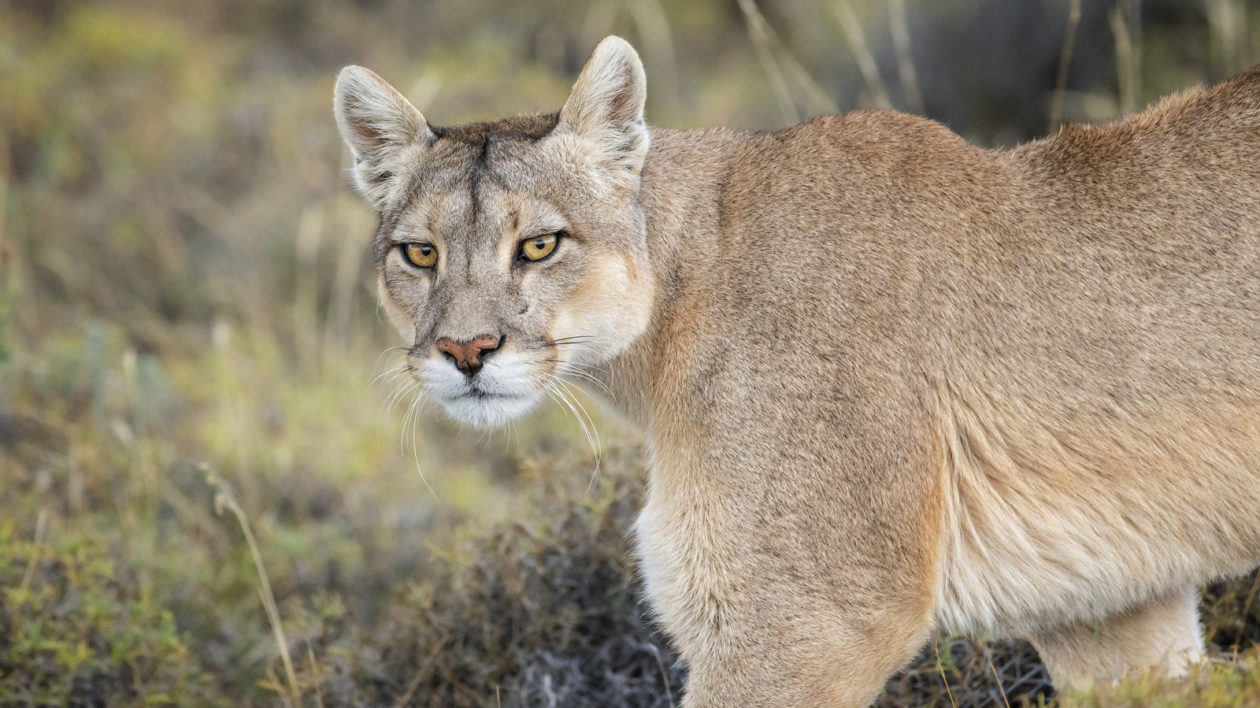
“The puma is more of a point source cue, it’s in the tall grass, in the rocks, in the trees, so you just don’t go those places,” Middleton says.
That’s exactly what he found thousands of miles south in one of the remotest corners of the Andes.
There, among a high plains steppe reminiscent of portions of the American West, live one of the last intact interactions between condors, pumas and vicunas without human interaction and interference.
Middleton and his colleagues in Argentina’s National Research Council spent about a decade using GPS devices to mark and follow pumas, vicunas and condors while also taking behavioral observations and looking at vegetation experiments.
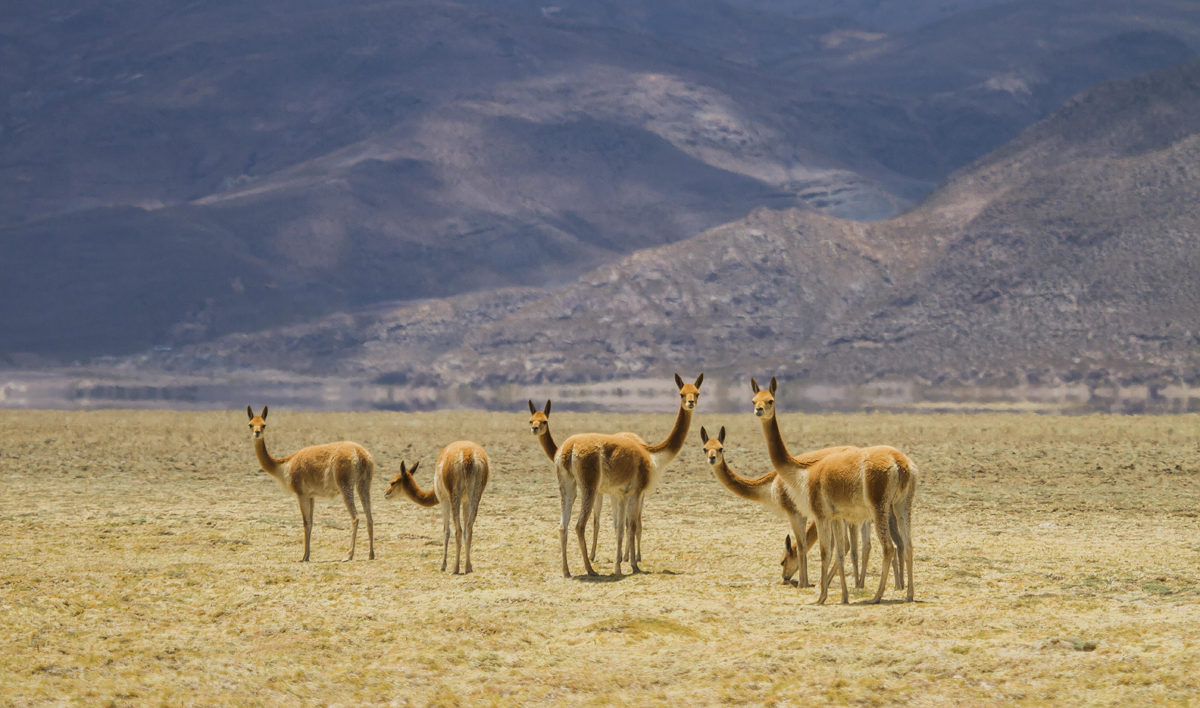
They found that vicunas graze in open plains, areas where they can see for miles but the food is inferior, for as long as possible before heading into the more nutritious — but also much more dangerous — grassy meadows. Pumas tend to hunt more at night, so vicunas set their clocks accordingly.
“At 9 a.m., vicunas look at their watches, and they go clock into the meadow and eat grass and then at 3 p.m. they all look at their watches and say, ‘let’s get the hell out of here, and they leave and sleep,’” Middleton says. “They have to go get the food, so they’re willing to go in and risk running into a puma during the day, but they definitely don’t want to go in there at night. And when they’re in there, they’re incredibly jumpy, nervous and aware.”
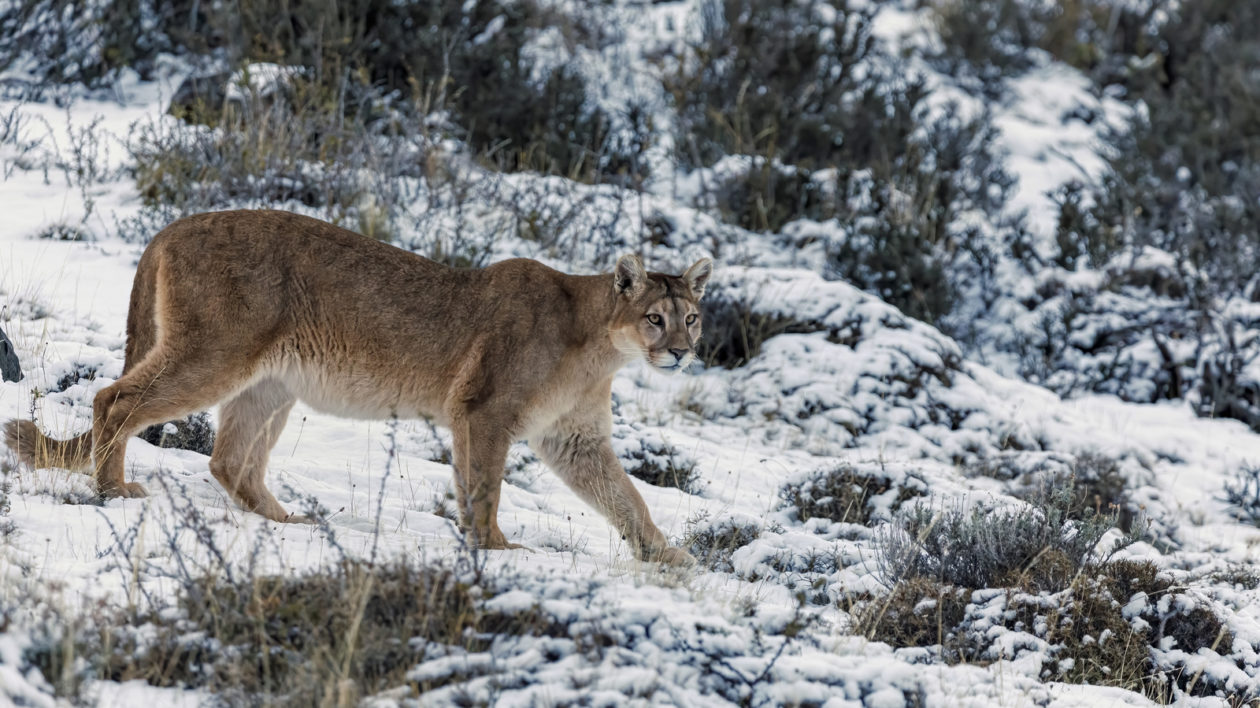
Why It Matters
Middleton is quick to say that whatever the research shows, humans shouldn’t depend on science alone to decide if large predators should or shouldn’t be on a landscape. Those decisions need to be made factoring in many other values including the impact of predators on livelihoods of the people living nearby.
Some researchers at Yale School of Forestry and Environmental Studies are beginning to look into how herbivores eating plants in certain areas govern the ecological processes in the soils. If animals like vicunas eat most of the vegetation in one area because it’s farther away from cougars, the researchers are asking: What eventual impact does that have on the ground and even climate?
Lastly, understanding how prey reacts to predators can also help humans understand the impact we have on prey. Studies have shown mule deer avoid gas wells in southwest Wyoming in part because the wells come with noise, truck traffic and machines that seem dangerous to the deer. Sage grouse will avoid tall structures because that’s where eagles and other birds of prey will perch.
It’s all in evolution, Middleton says.
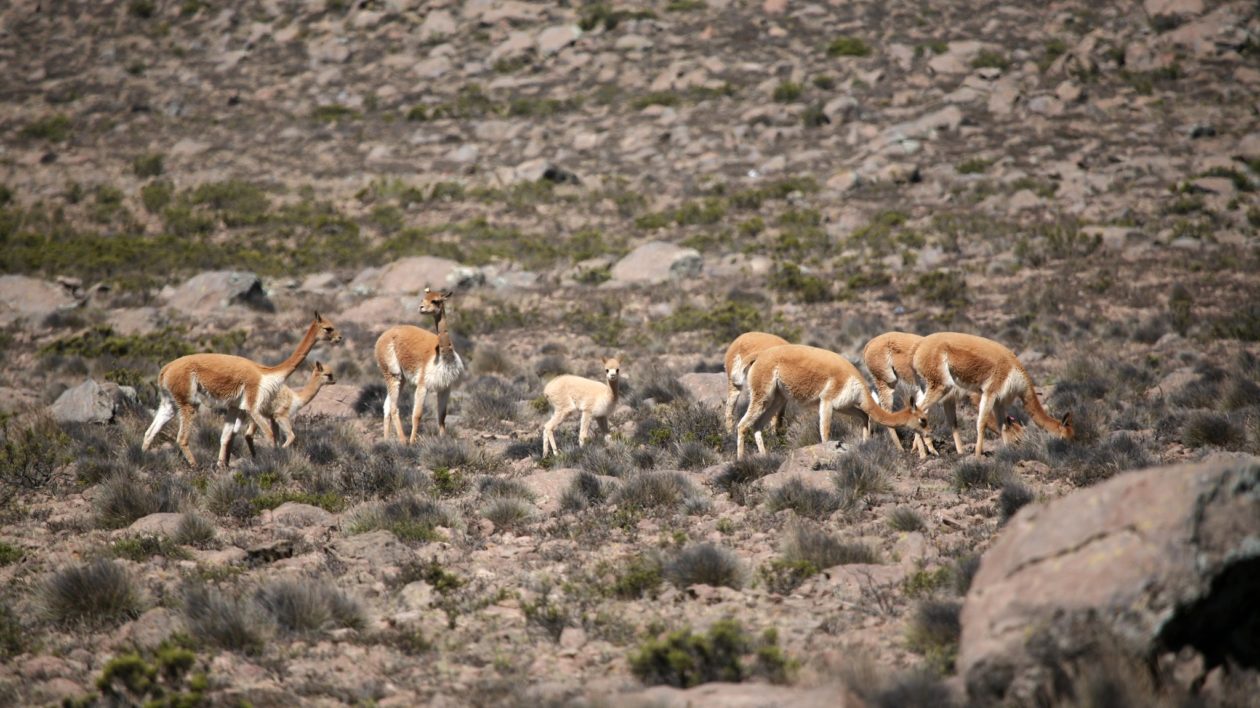
When he was in Argentina trying to dart vicunas for research he needed to get within 20 meters but could never close inside 28 meters without them turning and running.
It went like that for weeks, as though they had a magnet repulsion to him at 28 meters.
He spent those weeks thinking about it, and decided that about 28 meters is mostly likely the time it took for vicunas to reach full speed in order to outrun a puma. “So if something is weirding you out, that’s about how far you should stay away just in case it’s a puma,” he says.
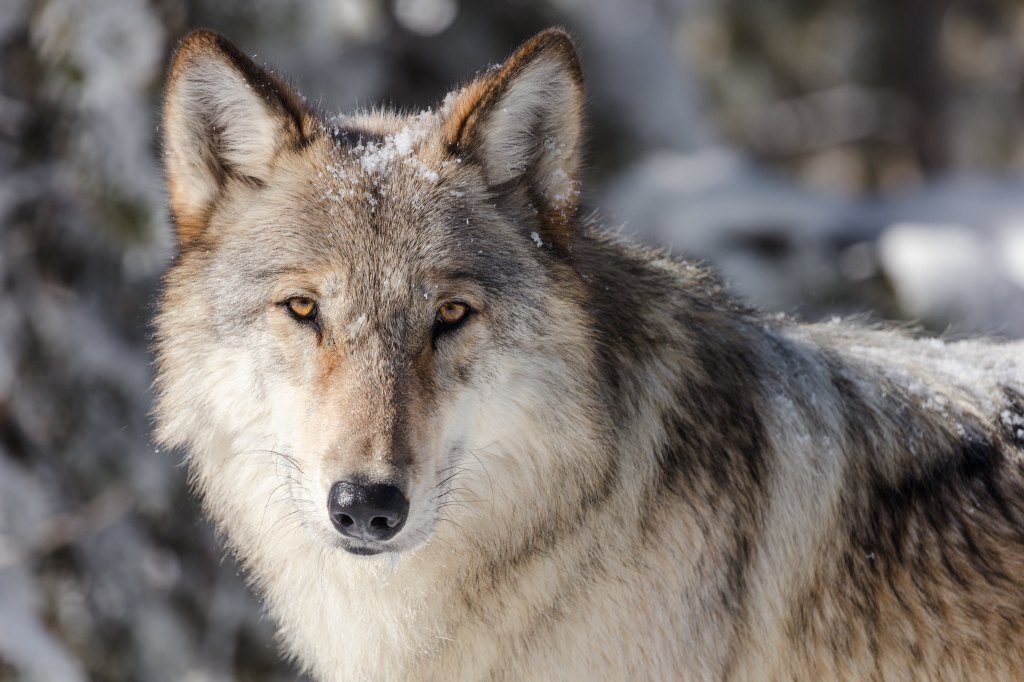



love your Article very well put . i live with the elk and mountain lion in Dolores co . now an occasional wolfs is seen by locals . such a shame that people have such a hatred towards them . i feel bad for them to be put in to any new place . they still need to eat or better put survive . most people just can’t figure that out . i have lived with them and understand them more than most but its talking to deaf ears . if you ever get down this way would love to listen to some of your experiences .
Thank you for posting these multiple studies. As a retired national park ranger however, I caution other readers to always consider the sources even of content in “scientific” journals. Many, if not most, researchers and universities get their operating funds from sources with political agendas. “Follow the money” is good advice, especially with politically sensitive predators such as Wolves. Truly independent writers are rare, but worth digging for. Carter Niemyer, Jim and Jamie Dutcher, and Cristina Eisenberg, are the Wolf specialists I trust more than others to be objective. Their findings most closely match my long career working with wildlife.